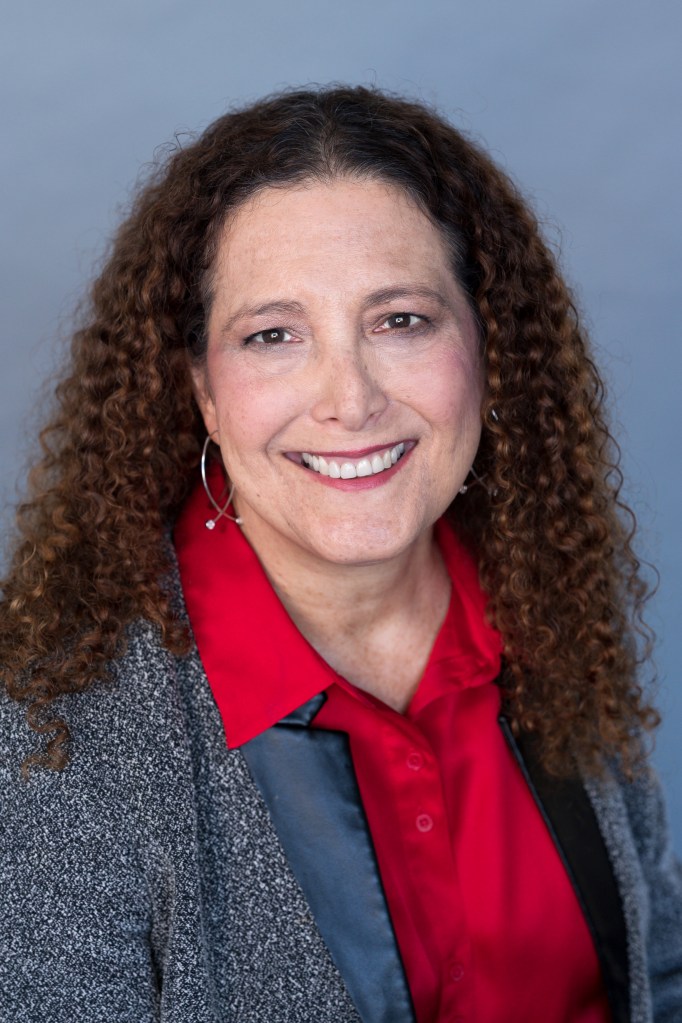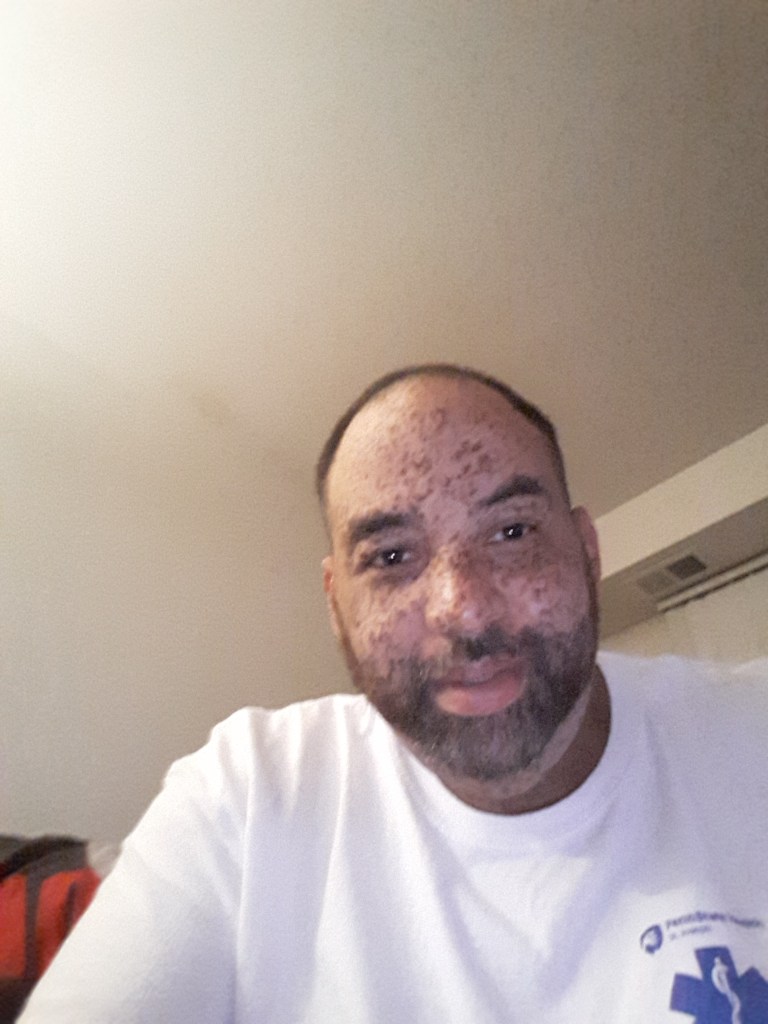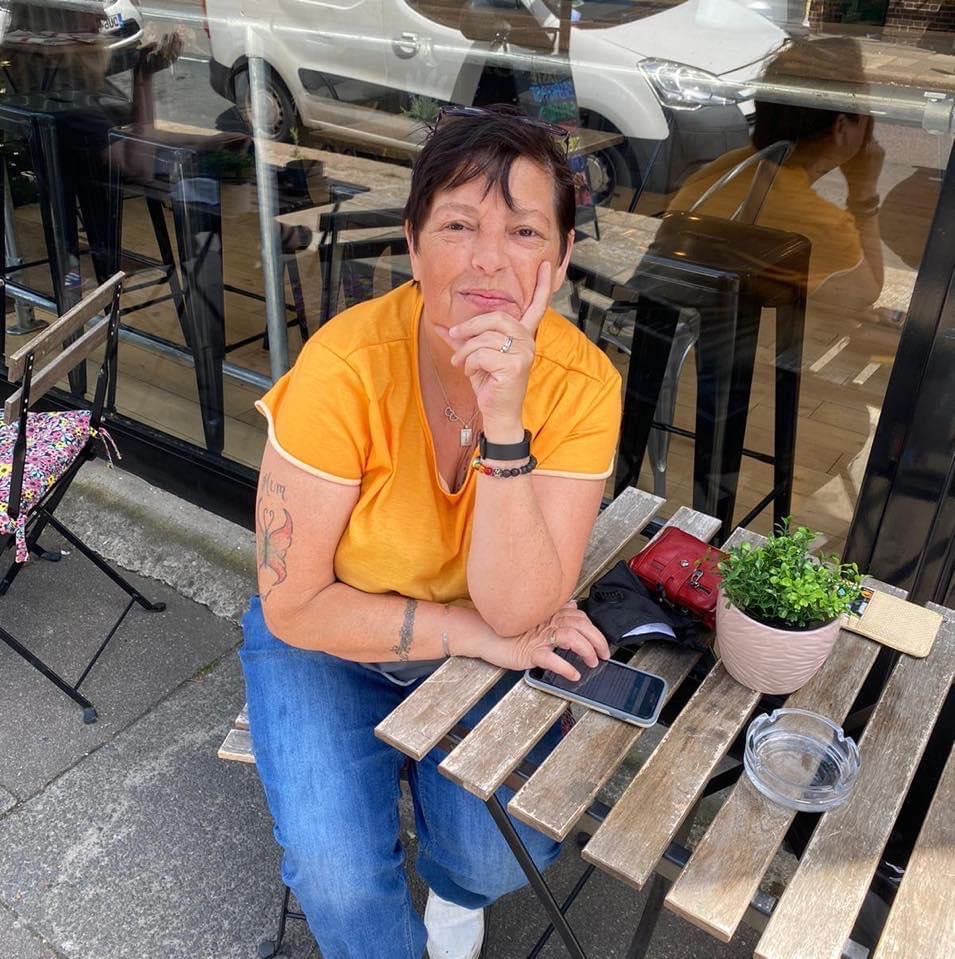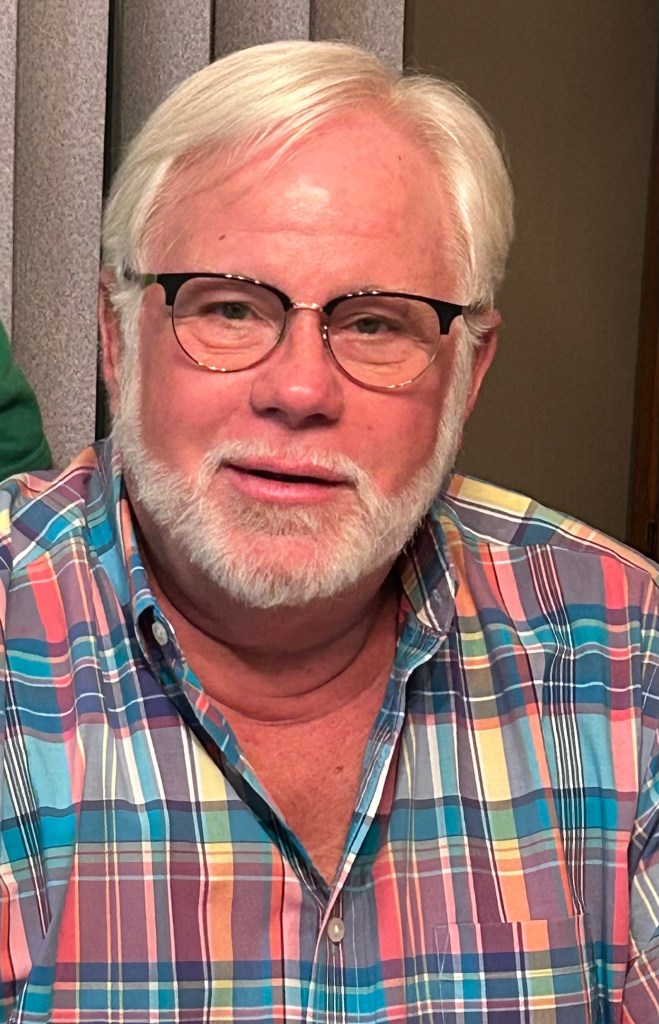Q1. Hello, can you please introduce yourself? Readers would love to know more about you.

A1. Hi everyone. I’m Robin Kellogg. I’m an author, business owner, copywriter, and course instructor residing in Los Angeles, CA. It All Began with a Goodbye is my third book but my first novel. In 2014, I published A Life Put on Hold: My Son’s Journey with a Brain Injury and the Lessons I’ve Learned Along the Way. Two years later, in 2016, I published an ebook, 12 Steps to Better Business Communications, which I updated in 2021. My most recent endeavor, It All Began with a Goodbye, is my first attempt at fiction.
Q2. What were the key challenges you faced while writing your book “It All Began with a Goodbye”?
A2. The book is set in 1930s and 1940s America, so I had to be sure that all the technology, language, and behaviors reflected that era and that section of the USA. The country was on a roller coaster, first experiencing the Great Depression and then entering World War II. Against this backdrop, Sarah, born a year before the stock market crash in 1929, straddles two worlds: that of her immigrant family and being a young woman in the U.S. I thought about this book for several years before I wrote it, trying to figure out how I would weave Sarah’s adventures with a subplot that enhanced the story and somehow connected with her profession as a bookkeeper.
Q3. What books or authors have most influenced your own writing?
A3. There’s not one author or book that I can reference. The books I love to read are written by authors like Margaret Atwood, Toni Morrison, Charmaine Wilkerson, James Clavell, Viet Thanh Nguyen and so many others.
Q4. What’s your favourite spot to visit in your own country? And what makes it so special to you?
A4. I love the East Coast. I grew up in New Jersey, and the change of seasons is spectacular, especially during the fall. The tree leaves are a palette of colors—shades of burgundy, amber, and rose. I also enjoy visiting New Jersey because I miss having easy access to New York City and all that it has to offer.
Q5. What inspired you to write the book ‘It All Began with a Goodbye’?
A5. My mother passed away in 2005. She had always talked about growing up in that era, which made me feel a connection to it. When I started writing the story, I tried to modernize the storyline, but it still felt like the characters were part of another era. So, I started over and wrote it for that period.
Q6. How long did it take you to write your book ‘It All Began with a Goodbye’?
A6. It took about four and a half years. I did a lot of research on that era in my country’s history and was focused on creating three-dimensional characters that resonated with my potential readers.
Q7. On what platforms can readers buy your books?
A7. A Life Put on Hold (pen name Evie Rosen) and 12 Steps to Better Business Communications are available on Amazon and Barnes & Noble. It All Began with a Goodbye can be purchased on Amazon, Barnes & Noble, Reader House, and iTunes.
Q8. Tell us about the process of coming up with the book cover and the title ‘It All Began with a Goodbye’?
A8. I struggled with the title for this book. Finally, one day I started writing down the themes in the book and one was that Sarah kept losing significant people in her life. Her mother died, her brother went off to war and her younger brother was taken from the family for two years. So that’s when It All Began with a Goodbye seemed like the perfect title for this book. Since the story is set in a specific era of U.S. history, I needed the cover to reflect it. The kitchen was the hearth of the home. It’s where all the action happened. Additionally, one of the themes in the book is making or having a cup of tea. It seemed natural to have two teacups set on a kitchen table. There is also a pile of mail on the table, reflecting how hand-written correspondence was a huge part of everyone’s life. And finally, I wanted a sepia tone in the image so that it looked old. I sent pictures and suggestions to the graphic designers at Newman Springs Publishing, and they produced the cover. I’m pleased with how it turned out and I believe that it helps transport the reader back in time.
Q9. When writing a book how do you keep things fresh, for both your readers and also yourself?
A9. I read it aloud to myself over, and over again, and then pass it along to members of my writing group to get their feedback. When writing this book, I wanted to set each chapter up so the reader would be left guessing what would happen next.
Q10. What is the most valuable piece of advice you’ve been given about writing?
A10. Read, read, read. Writers, at least decent writers, are also readers. Reading others’ works not only gives you a sense of how to develop your own style but also opens you to other storylines and writing approaches.
Buy book on Amazon









